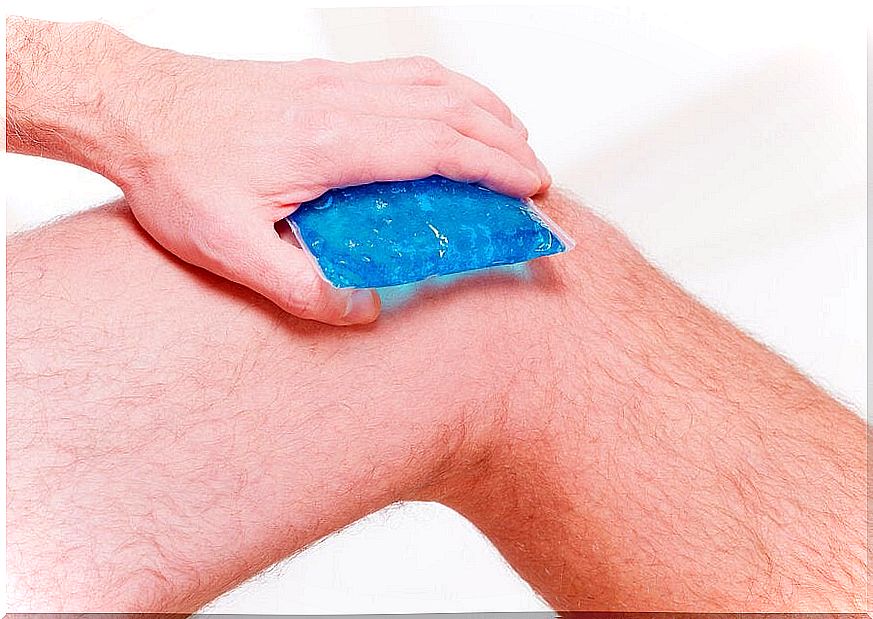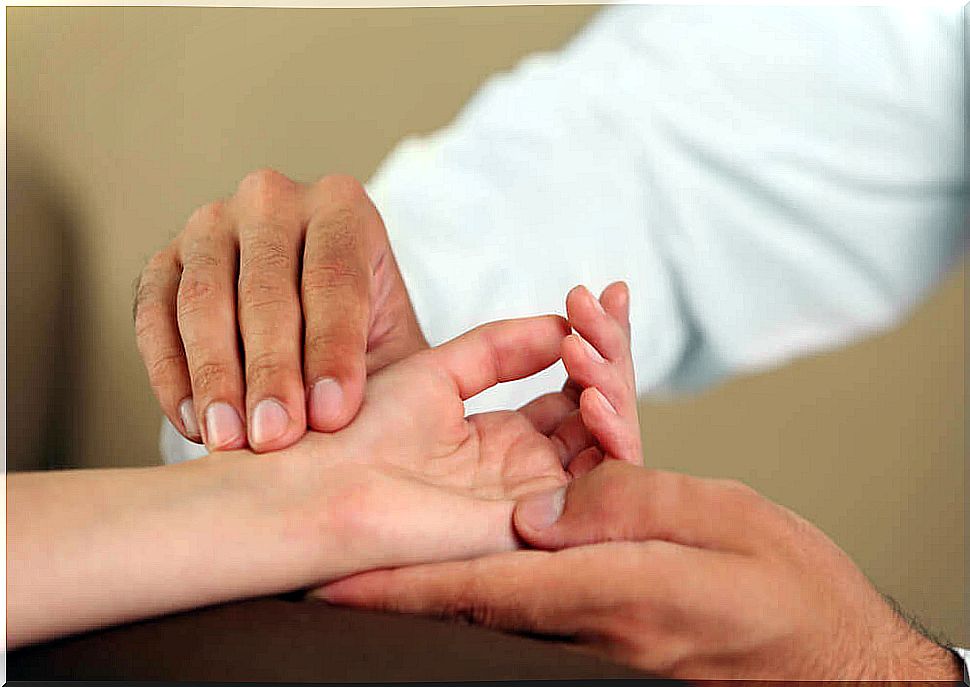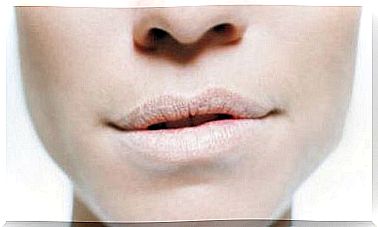What To Do With Tendinitis?
In the case of tendinitis, the affected area must be consistently spared in order to be able to heal.

A tendonitis, can arise at all tendons of the body even if the so-called “tennis elbow” of the most well-known form of tendonitis is. The measures to be taken do not differ.
How does tendinitis develop?
The medical term for tendinitis is tendovaginitis, and it is particularly common on the wrist. In principle, tendinitis can occur on any tendon in our body that runs in a so-called tendon sheath.
In places where the tendons could be strained, for example because they run along bones or joints, they run protected in tendon sheaths, in a kind of grease. If the joint or tendon sheath area is overused, the entire region becomes inflamed and any movement becomes painful.

Symptoms
If the tendonitis is advanced, the affected area becomes warm and may appear red. Areas that are particularly frequently affected are the wrist or the “mouse arm” when doing office work by long typing or operating the computer mouse, the “SMS thumb” when the smartphone is used too intensively, or the “tennis elbow” when doing manual work or sports.
If you react immediately to the first signs, such as tingling or an uncomfortable, often “rubbing”, sometimes “crunching” feeling, with care, tendinitis can be prevented or it heals within just a few days.
However, if the symptoms are ignored, they can become chronic and difficult to cure. We’ll show you what you can do about it:
Relieve tendonitis by gentle treatment
If you notice the first symptoms, you should immediately take care of the affected area and calm it down. Often it is enough to immobilize or relieve the joint with a bandage.
It is important to stop the stressful activity as soon as the first complaint occurs in order to prevent the inflammation from progressing. If the stress is part of the job, a sick leave must be made immediately. Please do not delay this, because the more difficult the healing will be!

Cool tendinitis
With tendonitis, the affected area is often heated, swollen, and reddened.
Cooling leads to a relief of the symptoms and decongestion. It is important not to apply the ice directly to the skin, so use special cooling compresses with a sleeve or additionally wrap ice cubes in a towel or a washcloth.
Cooling the skin directly with ice can cause damage!

Try cabbage wraps
To do this, the thick central ribs are cut out of white cabbage leaves. Then place the cabbage leaves in a large freezer bag and roll vigorously over the leaves with a rolling pin or glass water bottle until the juice comes out.
Now wrap the cabbage leaves around the painful tendon sheath and fix it with a gauze bandage. Leave the cabbage wrap on overnight and don’t remove it until the next morning.

Anti-inflammatory diet
Certain foods and spices have anti-inflammatory effects – but they also promote inflammation.
If you suffer from tendinitis, it makes sense to give preference to certain foods and avoid others until the tendonitis has subsided and healed. The following pieces of advice can help you:
- Prefer pineapple: The pineapple contains the enzyme bromelain, which soothes inflammation and reduces swelling. Therefore, this active ingredient is also often recommended after dental or oral surgery interventions.
- Eat papaya: The tropical papaya contains enzymes that are supposed to ensure that inflammatory swellings are reduced, metabolic products are removed more quickly and inflammation is contained.
- Schlemme sour cherries: The knowledge that there are anti-inflammatory substances in sour cherries is still relatively new. The red-violet plant pigments of the sour cherry should ensure that certain enzymes in our body that promote inflammation are inhibited.
- Spice with turmeric: This spice, which is rather uncommon in Germany, has an anti-inflammatory effect. The anti-inflammatory effects in knee arthritis have even been confirmed by studies.
- Watch out for omega-3 fatty acids: Omega-3 fatty acids protect against inflammation and can help contain it. The “healthy omega 3” is contained in all vegetable oils as well as in cold water fish such as salmon.
- Avoid meat: A fatty acid that is contained in meat (arachidonic acid) forms the basis for the formation of inflammatory messengers in the body.

Go to the doctor
Since tendonitis can easily become chronic, you should see a doctor at the first sign.
They will prescribe anti-inflammatory medication for you, which you will also take as you progress to enable healing. Please regard all of our advice only as a supplement to the therapy your doctor prescribes for you.









